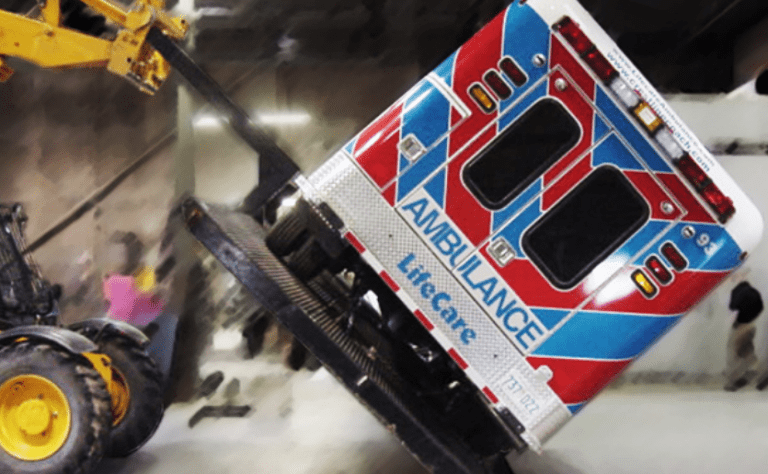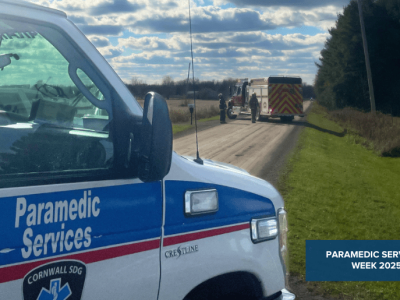What happens when the worst-case scenario becomes reality? A rollover on a rural road. A head-on collision in an intersection. An unsecured cabinet turning into a projectile. These aren’t abstract possibilities; they’re the kinds of high-risk situations paramedics face on the job.
As ambulance design evolves, so do the standards meant to protect those inside. Across North America, the standards used to test ambulances are shifting. Dynamic testing pushes manufacturers to prove that their vehicles can perform under realistic impact conditions. In their 115 years of combined experience, Demers and Crestline have always put safety first. In Canada, we don’t just meet standards. We lead them. Every ambulance is engineered and tested to protect medics and patients when it matters most: in the moments no one sees coming.
A Legacy of High Standards
Demers and Crestline have historically led the Canadian ambulance manufacturing sector by consistently meeting and surpassing the rigorous requirements set by provincial regulatory bodies. One example is the Ministry of Health (MOH) in Ontario, which has always enforced one of the most structured ambulance compliance programs in Canada. Through comprehensive inspections done on the road and enforcing mandatory audits, they established a national benchmark for vehicle safety and regulatory accountability.

The Shift: Evolving Standards and the Rise of Dynamic Testing
Although Ontario MOH and Quebec BNQ standards remain detailed and well-established, the broader ambulance industry, particularly in the United States, has moved toward more advanced safety expectations. In recent years, U.S. regulatory bodies have introduced dynamic crash testing, a scientific approach to evaluating how ambulances perform during collision scenarios such as rollovers and high-speed impacts.
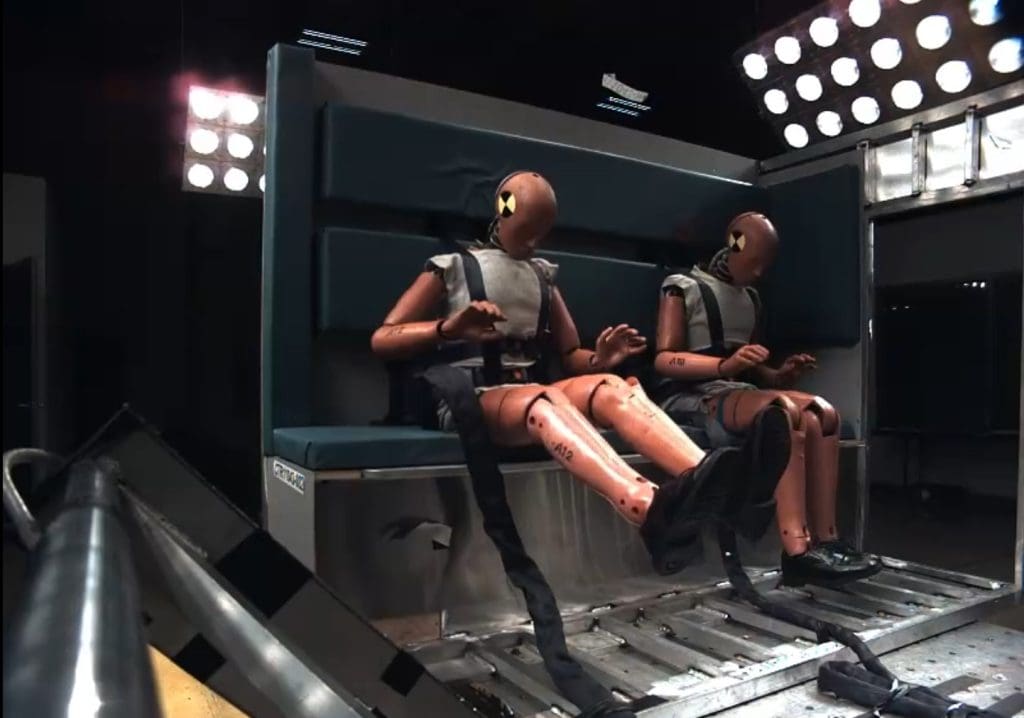
What is Dynamic Testing?
Unlike static testing, which evaluates systems such as HVAC, lighting, and electrical performance, dynamic testing involves high-impact crash simulations. These tests measure the ability of ambulance components and structures to protect occupants during severe accidents.
Examples of SAE dynamic testing standards include:
• SAE J3058: Cabinet retention under crash conditions
• SAE J3027/J3102: Stretcher and cot crash integrity
• SAE J3043: Oxygen cylinder crash retention
• SAE J3026: Seatbelt effectiveness during collision
• SAE J3057: Rollover structural protection
While these tests are not currently required by Canadian regulations, they are increasingly seen as the benchmark for vehicle safety across North America.
Compliance Across Markets
Recognizing this shift in safety expectations, DBCM has proactively aligned its designs, engineering processes, and testing protocols with both Canadian and U.S. standards, not only to remain compliant, but to exceed emerging safety requirements.
Our ambulances are engineered to meet a broad range of regulatory standards, including:
• Canadian Standards: BNQ1013-110, Ontario MOH, Transport Canada
• U.S. Standards: SAE dynamic standards, AMD static standards, CAAS, NFPA 1900, and KKK-A-1822F
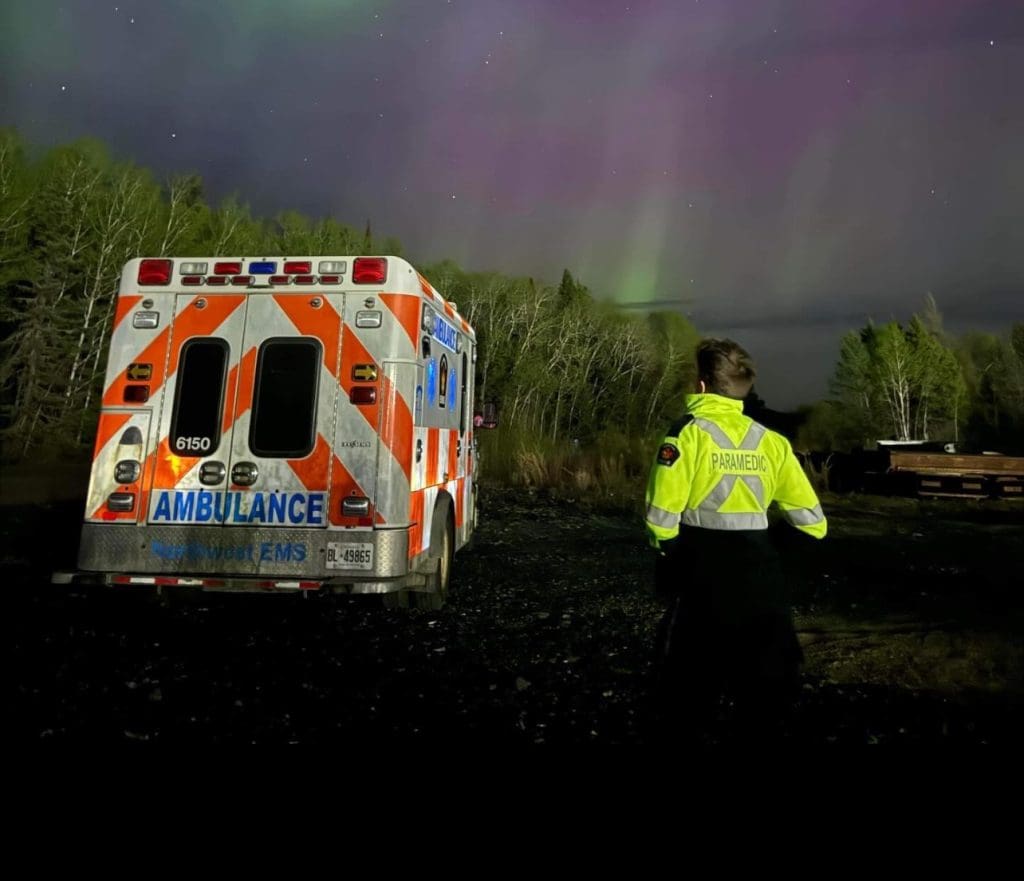
DBCM Complies with Leading U.S. Standards
Our ambulances are engineered and tested to meet the highest U.S. standards, including CAAS, NFPA 1900, and KKK-A-1822F. These benchmarks ensure every vehicle delivers reliable performance, structural integrity, and occupant protection in the most demanding emergencies. By aligning with these strict guidelines, DBCM guarantees its vehicles are not only compliant but also trusted and ready for service across North America.
- CAAS (Commission on Accreditation of Ambulance Services)
CAAS is an independent organization that sets high-performance and safety standards for EMS operations and ambulance manufacturing. Its guidelines cover vehicle design, equipment layout, infection control, and crash safety, ensuring ambulances are reliable and safe in critical situations. Many municipalities use CAAS compliance as a key measure of quality and trust when selecting emergency vehicles.
- NFPA 1900
Developed by the National Fire Protection Association, NFPA 1900 is a consolidated standard covering ambulances and fire apparatus. It defines safety requirements for structural integrity, crash protection, electrical systems, and ergonomic design. For emergency vehicles, this standard is essential and ensures that vehicles are built to protect crews and patients during high-stress operations. Many procurement teams rely on NFPA 1900 compliance as a sign of quality, durability, and readiness.
- KKK-A-1822F
Originally developed by the U.S. General Services Administration, KKK-A-1822F is a federal specification that outlines detailed design and performance standards for ambulances. Although now considered a legacy standard, it laid the foundation for many current requirements and is still widely referenced across North America. For many agencies, it remains a baseline for procurement, ensuring consistency in ambulance construction and functionality.
Built for Safety: SAE & AMD Compliant
Our testing procedures are designed to simulate extreme, operational conditions. The vehicles undergo both dynamic testing, as defined by SAE standards, and static testing under AMD protocols. This dual approach ensures performance and safety across various scenarios, including high-impact crashes, seatbelt integrity, stretcher and cabinet retention, and overall structural durability. By validating vehicles under worst-case conditions, DBCM ensures occupant protection beyond baseline compliance.
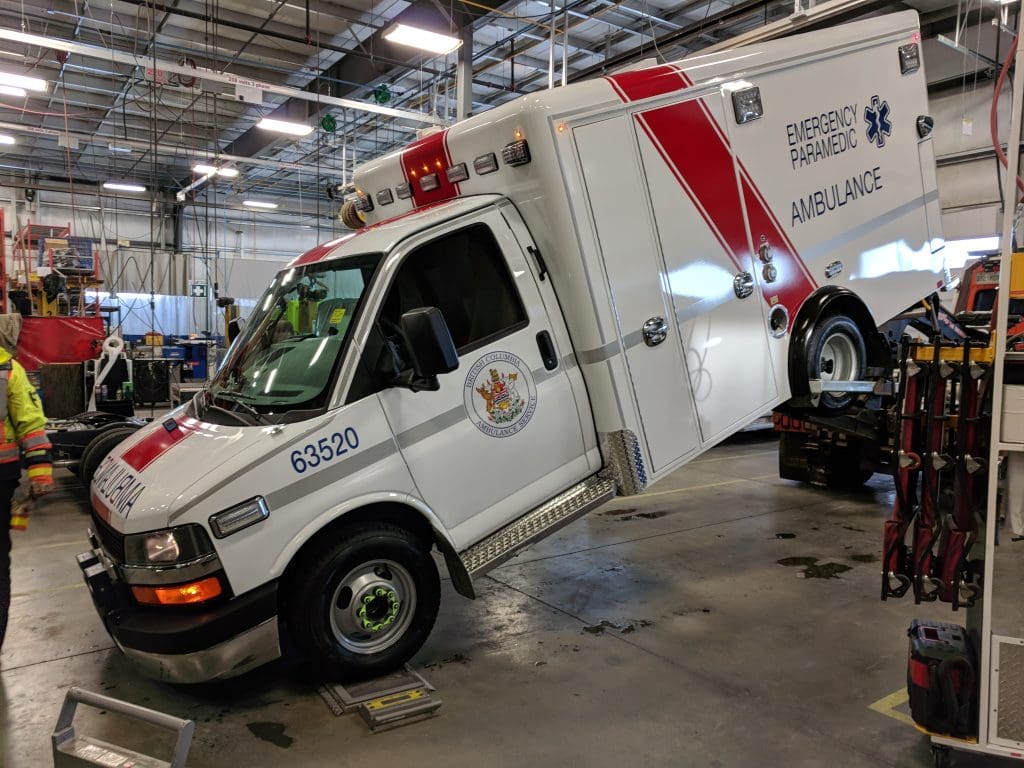
Worst-Case Ready: Safety Engineering That Goes Beyond Standards
Ambulances are tested against leading U.S. safety standards, ensuring that they are engineered to meet the most rigorous requirements before being introduced into the Canadian market. For example, DBCM has successfully tested four-point seatbelt systems under SAE J3026 in the U.S. and is now working to integrate these systems into Canadian ambulances. These seatbelts have already been implemented in Quebec and are currently underway in Ontario. Insights gained from U.S. dynamic testing protocols, including SAE J3026 (seatbelts), J3057 (rollover protection), J3058 (cabinet retention), and J3043 (oxygen tank retention), are gradually incorporated into Canadian models to drive continuous improvement across both markets. Every ambulance module is designed with this dual compliance in mind, having passed both SAE and Canadian AMD standards. This ensures each vehicle is built to withstand worst-case scenarios and exceeds the minimum safety requirements expected in North America.
As industry standards continue to evolve, the team remains proactive, adapting testing protocols and engineering practices to meet and exceed the latest safety requirements. Regardless of where a vehicle is deployed or how regulations change, safety and compliance are always the top priorities. Every ambulance is designed to perform under demanding conditions and protect those on board, now and always.

